ECB faces mounting pressure to deliver a decisive response to the recent bank rout that is raising serious doubts on whether they will raise interest rates by 50bps tomorrow as previously indicated. Market expectations for a 50bps hike have dropped to less than 30%, with a 70% chance of just a 25bps hike.
In February’s statement, ECB said explicitly that “the Governing Council intends to raise interest rates by another 50 basis points at its next monetary policy meeting in March”. However, the central bank has a recent history of overturning its intentions, leaving investors uncertain of their next move.
In June 2022 statement, it said “the Governing Council intends to raise the key ECB interest rates by 25 basis points at its July monetary policy meeting”. But then in July, it hiked the three key interest rates by 50bps.
But of course, that’s just an “intention”. ECB never pre-commits to any policy move.
EUR/USD is now close to completing a head and shoulder top, with left shoulder at 1.0733, head at 1.1032, and right shoulder at 1.0759. Theoretically speaking, firm break of the neckline should have confirmed the reversal pattern already. On the other hand, strictly speaking, the ideal short entry should be on recovery back to the neckline, which might never happen.
To take a middle, decisive break of 38.2% retracement of 0.9534 to 1.1032 at 1.0258 will be taken as confirmation of the reversal. 61.8% retracement at 1.0106 will be the immediate near term target.
Let’s see whether ECB would help complete this technical formation.




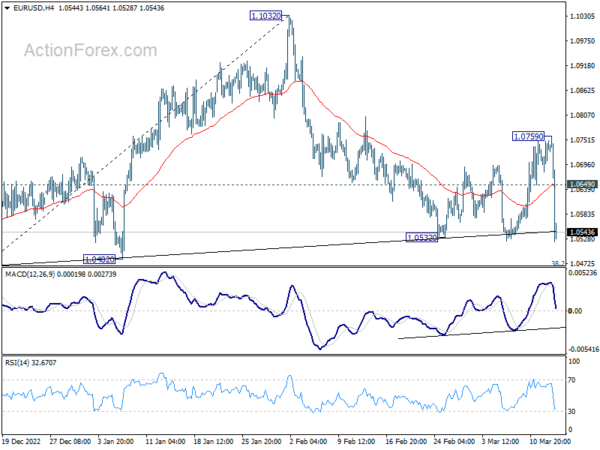
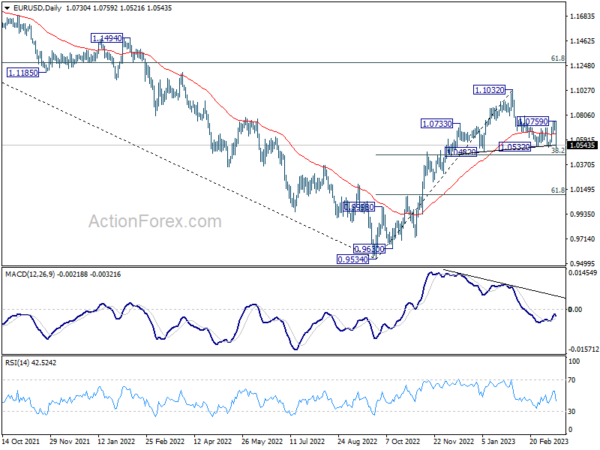
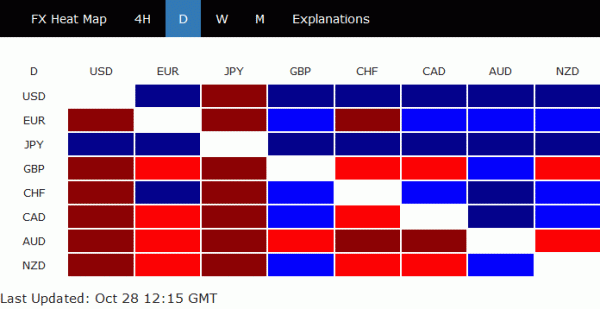
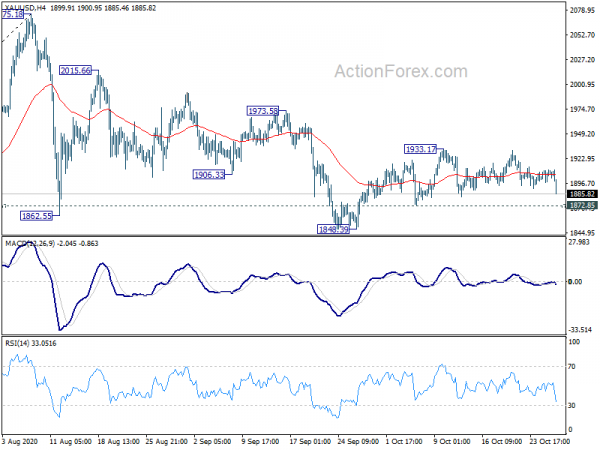
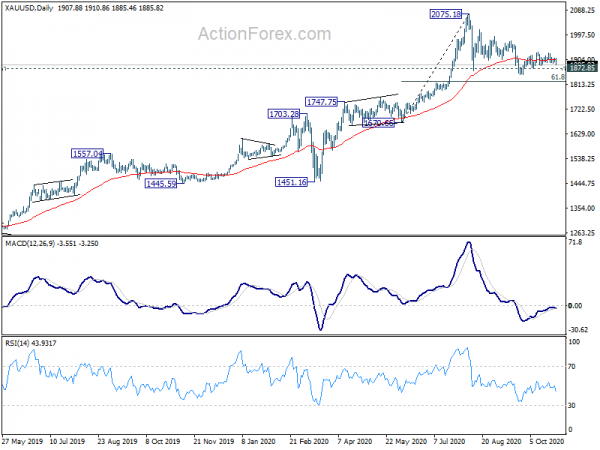
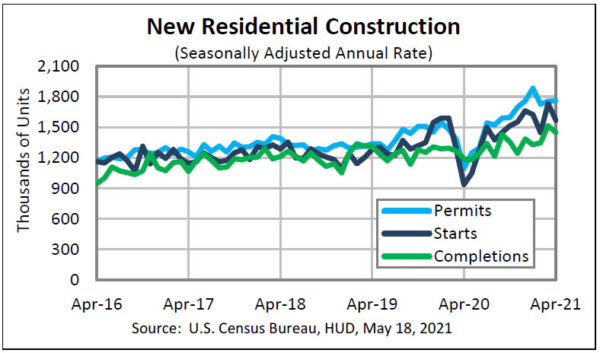
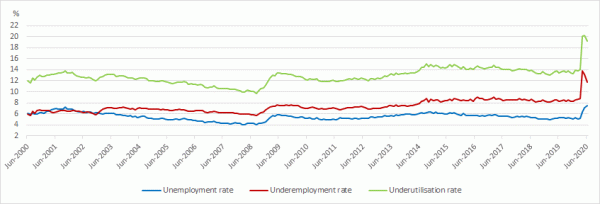
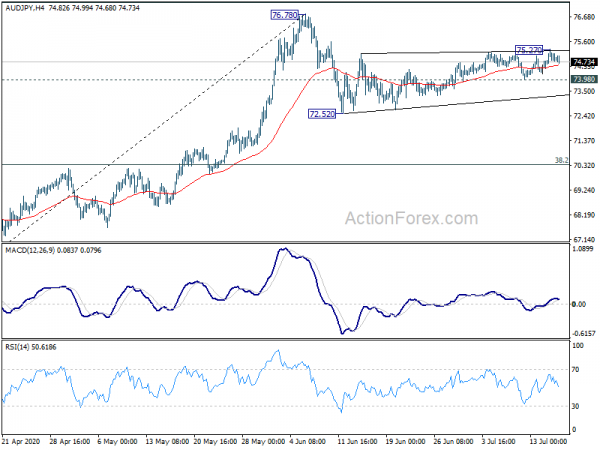
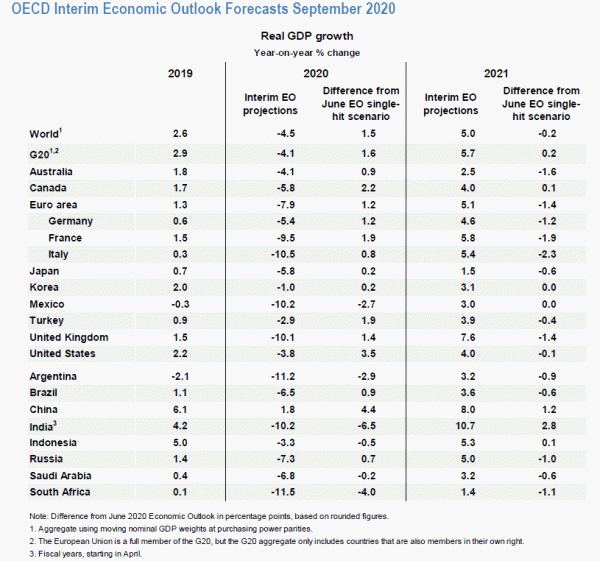
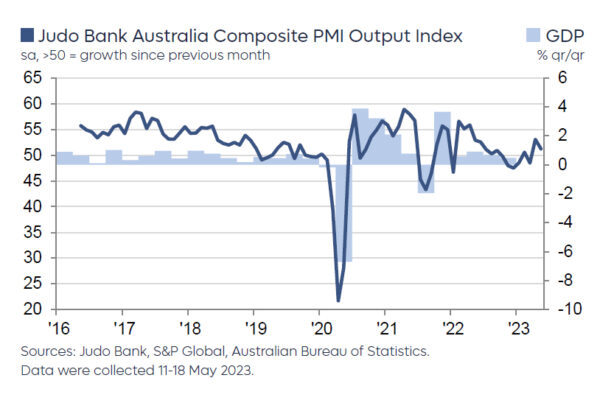
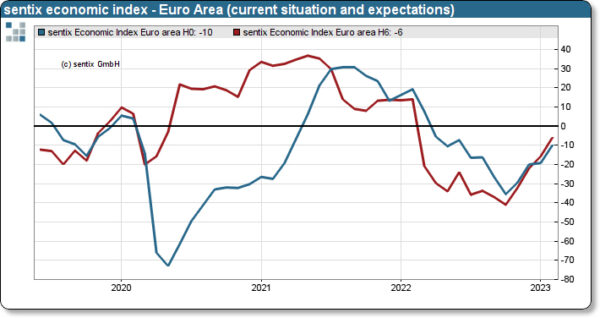
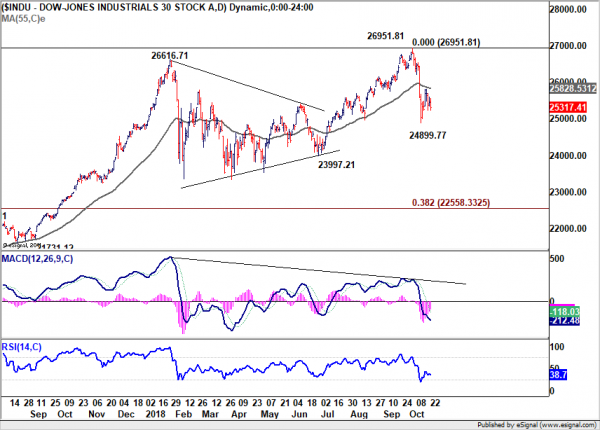
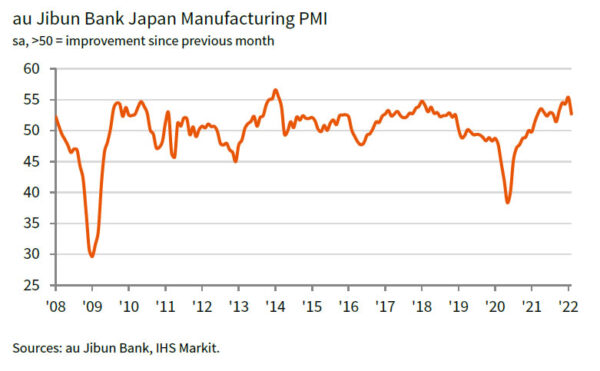
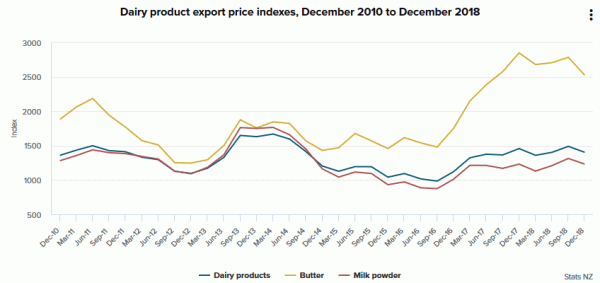
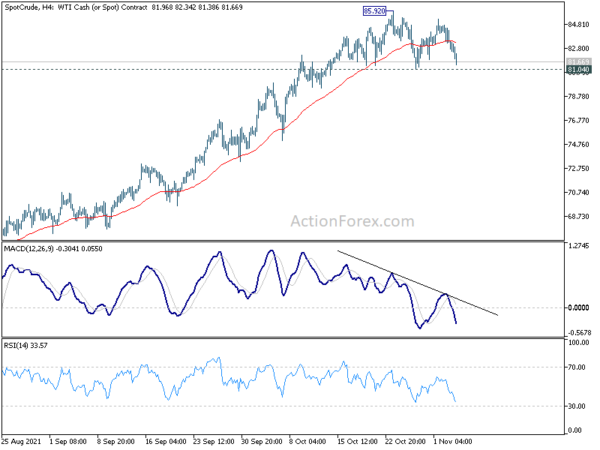
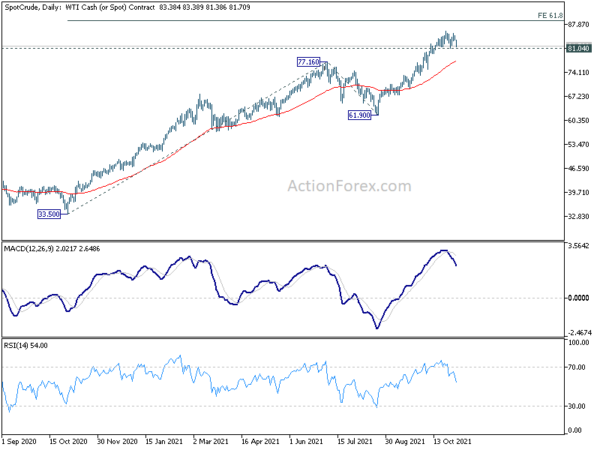
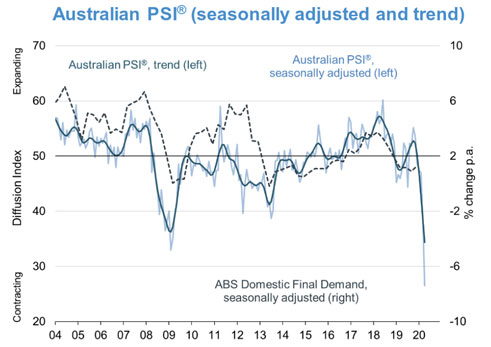
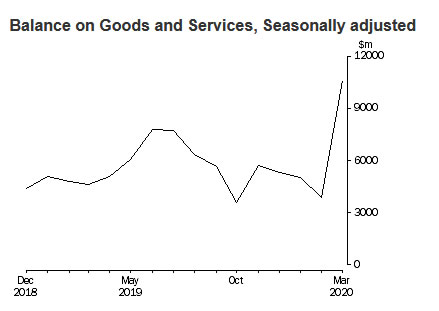

OECD downgrades global GDP forecast, but upgrades Eurozone and China
OECD warned that trade conflict, weak business investment and persistent political uncertainty are weighing on the world economy and raising the risk of long-term stagnation. Global GDP growth for 2020 was revised down by 0.1% to 2.9%, same as this year, lowest annual rate since the financial crisis. That’s also a sharp slowdown from 3.5% back in 2018.
OECD Chief Economist Laurence Boone said: “It would be a mistake to consider these changes as temporary factors that can be addressed with monetary or fiscal policy: they are structural. Without coordination for trade and global taxation, clear policy directions for the energy transition, uncertainty will continue to loom large and damage growth prospects.”
OECD Secretary-General Angel Gurría said: “The alarm bells are ringing loud and clear. Unless governments take decisive action to help boost investment, adapt their economies to the challenges of our time and build an open, fair and rules-based trading system, we are heading for a long-term future of low growth and declining living standards.”
Look at some details:
Global GDP growth is projected at
G20 GDP:
US GDP:
Eurozone GDP:
China GDP: